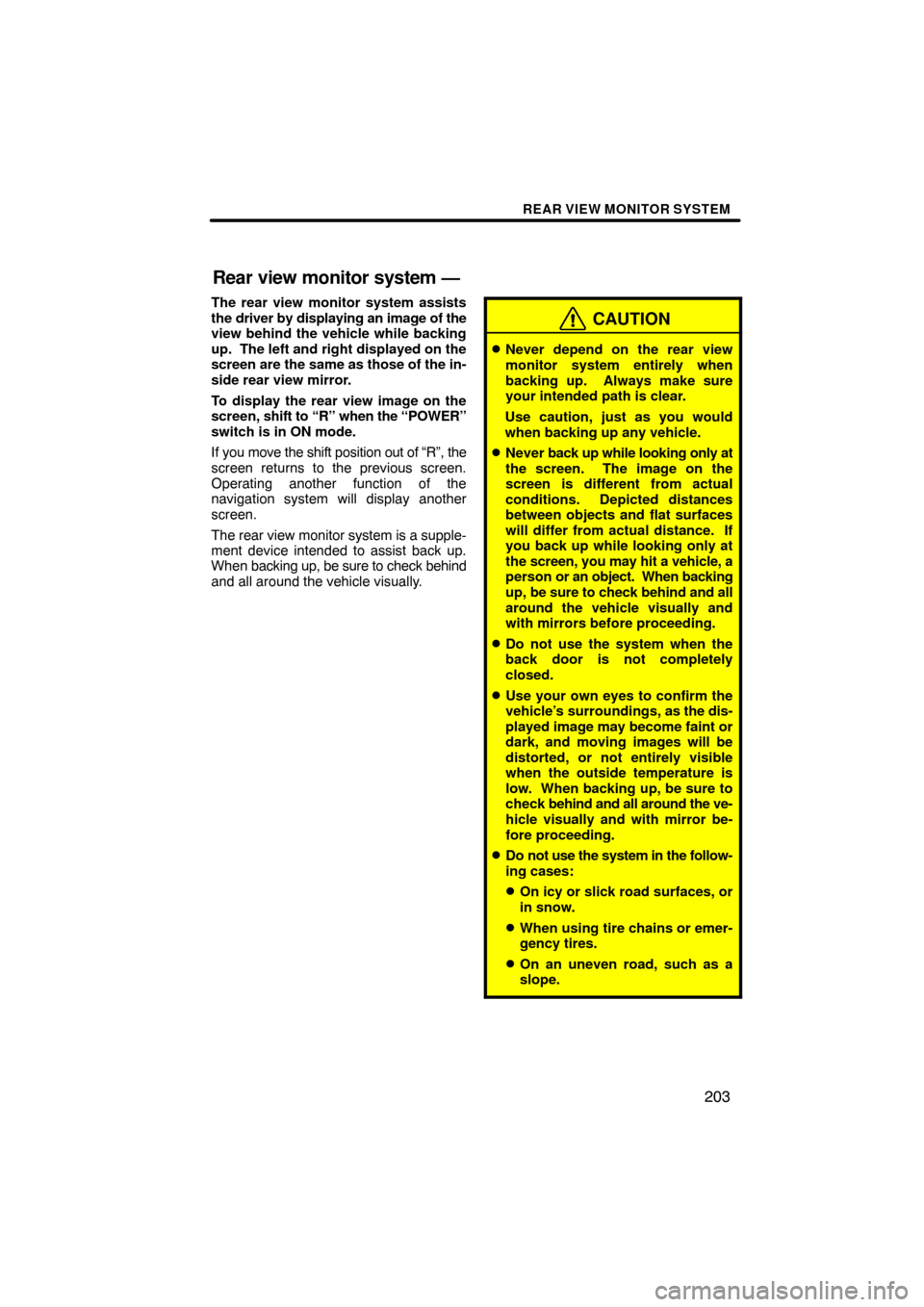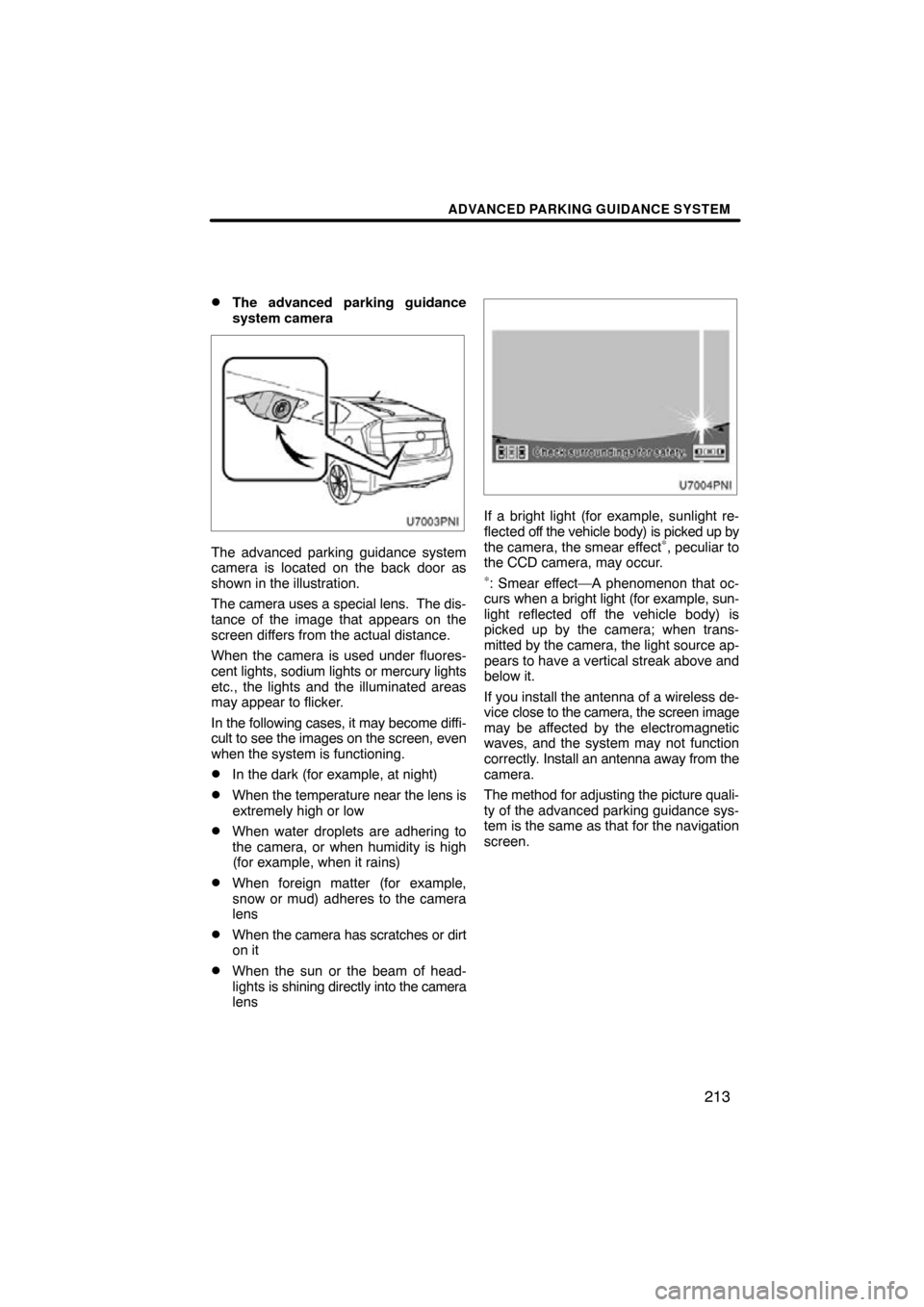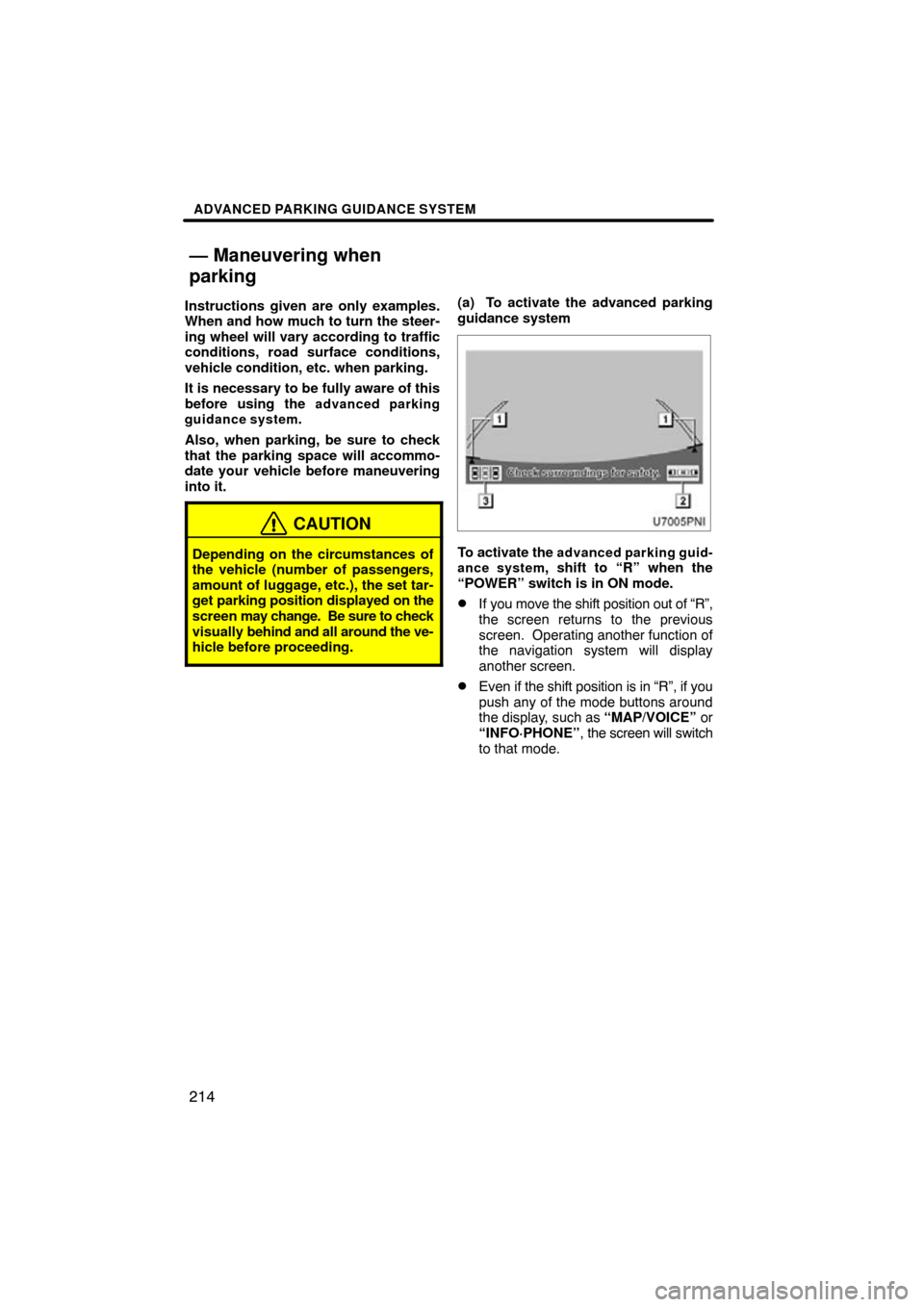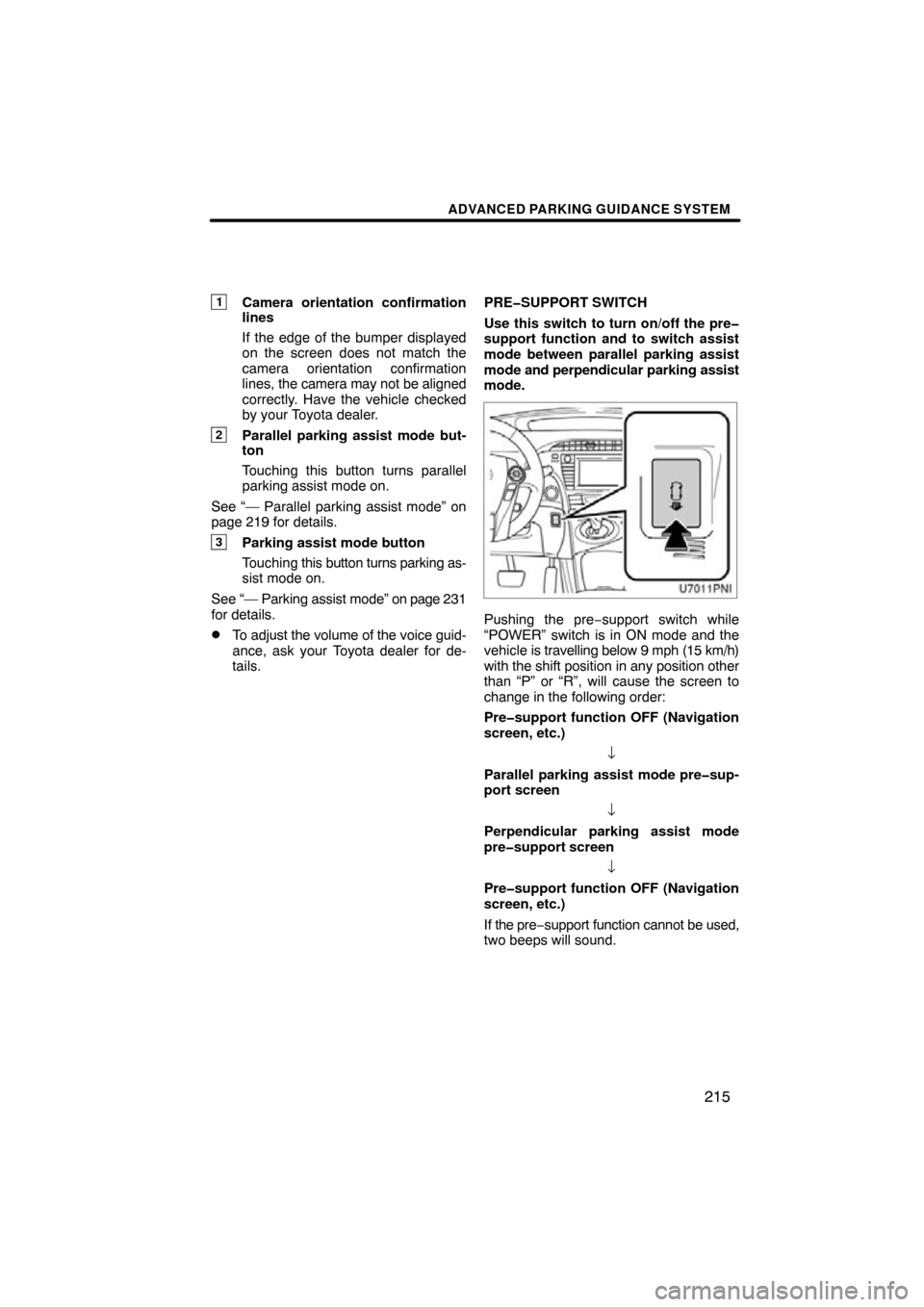Page 106 of 345
MY PLACES
106
(b) Editing preset destinations
1. Push the “SETUP” button.
2. Touch “Navi.” on the “Setup”
screen.
3. Touch “Preset Destinations” on the
“Navigation Settings” screen.
4. Touch “Edit”.
5. Touch the button of the desired pre-
set destination.
6. Touch “Edit” for the item you want
to change.
“Name”: To edit preset destination names.
The names can be displayed on the map.
(See page 111.)
“Location”: To edit location information.
(See page 112.)
“Phone #”: To edit telephone numbers.
(See page 112.)
“Icon”: To select icons to be displayed on
the map. (See page 110.)
7. Touch “OK”.
Page 107 of 345
MY PLACES
107
(c) Deleting preset destinations
1. Push the “SETUP” button.
2. Touch “Navi.” on the “Setup”
screen.
3. Touch “Preset Destinations” on the
“Navigation Settings” screen.
4. Touch “Delete”.
5. Touch the preset destination for
deletion.
“Select All”: To select all preset destina-
tions on the list.
“Unselect All”: To unselect all of the se-
lected preset destinations.
6. Touch “Delete”.
7. To delete preset destination, touch
“Yes”. To cancel the deletion, touch
“No”.Points or areas on the map can be regis-
tered.
1. Push the “SETUP” button.
2. Touch “Navi.” on the “Setup”
screen.
3. Touch “Address Book”.
�Registering address book entries
(See page 108.)
�Editing address book entries
(See page 109.)
�Deleting address book entries
(See page 113.)
— Setting up the “Address
Book”
Page 122 of 345

TELEPHONE AND INFORMATION
122
INFORMATION
This system supports the following
service.
�Bluetooth � Specification
Ver.1.1 or higher
(Recommended: Ver.2.0+EDR or
higher)
� Profiles
� HFP (Hands Free Profile)
Ver.1.0 or higher
(Recommended: Ver .1.5 or high-
er)
� OPP (Object Push Profile)
Ver.1.1
� PBAP (Phone Book Access Pro-
file) Ver.1.0
If your cellular phone does not
support HFP, you cannot enter the
Bluetooth � phone, and take OPP or
PBAP service individually.
Please go to “http://www.toyota.
letstalk.com/” to find approved
Bluetooth � phones for this system.
By pushing the telephone switch above,
you can receive a call or hang up without
taking your hands off the steering wheel.
� Microphone (TYPE A)
�Microphone (TYPE B)
You can use the microphone above
when talking on the phone.
The other party’s voice outputs from the
front speaker. When the received calls or
received voice outputs, the audio from the
audio system or voice guidance from the
navigation system will be muted.
Page 203 of 345

REAR VIEW MONITOR SYSTEM
203
The rear view monitor system assists
the driver by displaying an image of the
view behind the vehicle while backing
up. The left and right displayed on the
screen are the same as those of the in-
side rear view mirror.
To display the rear view image on the
screen, shift to “R” when the “POWER”
switch is in ON mode.
If you move the shift position out of “R”, the
screen returns to the previous screen.
Operating another function of the
navigation system will display another
screen.
The rear view monitor system is a supple-
ment device intended to assist back up.
When backing up, be sure to check behind
and all around the vehicle visually.
CAUTION
�Never depend on the rear view
monitor system entirely when
backing up. Always make sure
your intended path is clear.
Use caution, just as you would
when backing up any vehicle.
�Never back up while looking only at
the screen. The image on the
screen is different from actual
conditions. Depicted distances
between objects and flat surfaces
will differ from actual distance. If
you back up while looking only at
the screen, you may hit a vehicle, a
person or an object. When backing
up, be sure to check behind and all
around the vehicle visually and
with mirrors before proceeding.
�Do not use the system when the
back door is not completely
closed.
�Use your own eyes to confirm the
vehicle’s surroundings, as the dis-
played image may become faint or
dark, and moving images will be
distorted, or not entirely visible
when the outside temperature is
low. When backing up, be sure to
check behind and all around the ve-
hicle visually and with mirror be-
fore proceeding.
�Do not use the system in the follow-
ing cases:
�On icy or slick road surfaces, or
in snow.
�When using tire chains or emer-
gency tires.
�On an uneven road, such as a
slope.
Rear view monitor system —
Page 213 of 345

ADVANCED PARKING GUIDANCE SYSTEM
213
�
The advanced parking guidance
system camera
The advanced parking guidance system
camera is located on the back door as
shown in the illustration.
The camera uses a special lens. The dis-
tance of the image that appears on the
screen differs from the actual distance.
When the camera is used under fluores-
cent lights,
sodium lights or mercury lights
etc., the lights and the illuminated areas
may appear to flicker.
In the following cases, it may become diffi-
cult to see the images on the screen, even
when the system is functioning.
�In the dark (for example, at night)
�When the temperature near the lens is
extremely high or low
�When water droplets are adhering to
the camera, or when humidity is high
(for example, when it rains)
�When foreign matter (for example,
snow or mud) adheres to the camera
lens
�When the camera has scratches or dirt
on it
�When the sun or the beam of head-
lights is shining directly into the camera
lens
If a bright light (for example, sunlight re-
flected off the vehicle body) is picked up by
the camera, the smear effect
∗, peculiar to
the CCD camera, may occur.
∗: Smear effect—A phenomenon that oc-
curs when a bright light (for example, sun-
light reflected off the vehicle body) is
picked up by the camera; when trans-
mitted by the camera, the light source ap-
pears to have a vertical streak above and
below it.
If you install the antenna of a wireless de-
vice close to the camera, the screen image
may be affected by the electromagnetic
waves, and the system may not function
correctly. Install an antenna away from the
camera.
The method for adjusting the picture quali-
ty of the advanced parking guidance sys-
tem is the same as that for the navigation
screen.
Page 214 of 345

ADVANCED PARKING GUIDANCE SYSTEM
214
Instructions given are only examples.
When and how much to turn the steer-
ing wheel will vary according to traffic
conditions, road surface conditions,
vehicle condition, etc. when parking.
It is necessary to be fully aware of this
before using the
advanced parking
guidance system.
Also, when parking, be sure to check
that the parking space will accommo-
date your vehicle before maneuvering
into it.
CAUTION
Depending on the circumstances of
the vehicle (number of passengers,
amount of luggage, etc.), the set tar-
get parking position displayed on the
screen may change. Be sure to check
visually behind and all around the ve-
hicle before proceeding.
(a) To activate the advanced parking
guidance system
To activate the advanced parking guid-
ance system, shift to “R” when the
“POWER” switch is in ON mode.
�If you move the shift position out of “R”,
the screen returns to the previous
screen. Operating another function of
the navigation system will display
another screen.
�Even if the shift position is in “R”, if you
push any of the mode buttons around
the display, such as “MAP/VOICE” or
“INFO·PHONE” , the screen will switch
to that mode.
— Maneuvering when
parking
Page 215 of 345

ADVANCED PARKING GUIDANCE SYSTEM
215
1Camera orientation confirmation
lines
If the edge of the bumper displayed
on the screen does not match the
camera orientation confirmation
lines, the camera may not be aligned
correctly. Have the vehicle checked
by your Toyota dealer.
2Parallel parking assist mode but-
ton
Touching this button turns parallel
parking assist mode on.
See “— Parallel parking assist mode” on
page 219 for details.
3Parking assist mode button
Touching this button turns parking as-
sist mode on.
See “— Parking assist mode” on page 231
for details.
�To adjust the volume of the voice guid-
ance, ask your Toyota dealer for de-
tails. PRE�SUPPORT SWITCH
Use this switch to turn on/off the pre�
support function and to switch assist
mode between parallel parking assist
mode
and perpendicular parking assist
mode.
Pushing the pre−support switch while
“POWER” switch is in ON mode and the
vehicle is travelling below 9 mph (15 km/h)
with the shift position in any position other
than “P” or “R”, will cause the screen to
change in the following order:
Pre�support function OFF (Navigation
screen, etc.)
↓
Parallel parking assist mode pre�sup-
port screen ↓
Perpendicular parking assist mode
pre�support screen
↓
Pre�support function OFF (Navigation
screen, etc.)
If the pre −support function cannot be used,
two beeps will sound.
Page 252 of 345

SECTION 9
SETUP
252
SETUP
�General settings 253 . . . . . . . . . . . . . . . . . . . . . . . . . . . . . . . . . . . . .\
.
(Used for language selection and the on/off settings of
operation sounds and automatic screen change.)
� Clock settings 258 . . . . . . . . . . . . . . . . . . . . . . . . . . . . . . . . . . . . .\
. . . .
(Used for changing time zones and the on/off settings of
daylight saving time.)
� Voice settings 259 . . . . . . . . . . . . . . . . . . . . . . . . . . . . . . . . . . . . .\
. . . .
(Voice guidance can be set.)
� Navigation settings 261 . . . . . . . . . . . . . . . . . . . . . . . . . . . . . . . . . . . .
(“Home” and “Preset Destinations” can be set and edited.)
� Detailed navigation settings 262 . . . . . . . . . . . . . . . . . . . . . . . . . . . .
(Average cruising speed, displayed screen contents,
and POI icon categories can be set.)
� Telephone settings 271 . . . . . . . . . . . . . . . . . . . . . . . . . . . . . . . . . . . .
(Bluetooth � phones can be registered.)
� Audio settings 309
. . . . . . . . . . . . . . . . . . . . . . . . . . . . . . . . . . . . .\
. . .
(Settings are available for portable audio devices and
Bluetooth � audio devices players.)
� Vehicle settings 317
. . . . . . . . . . . . . . . . . . . . . . . . . . . . . . . . . . . . .\
. .
(Vehicle information can be set.)